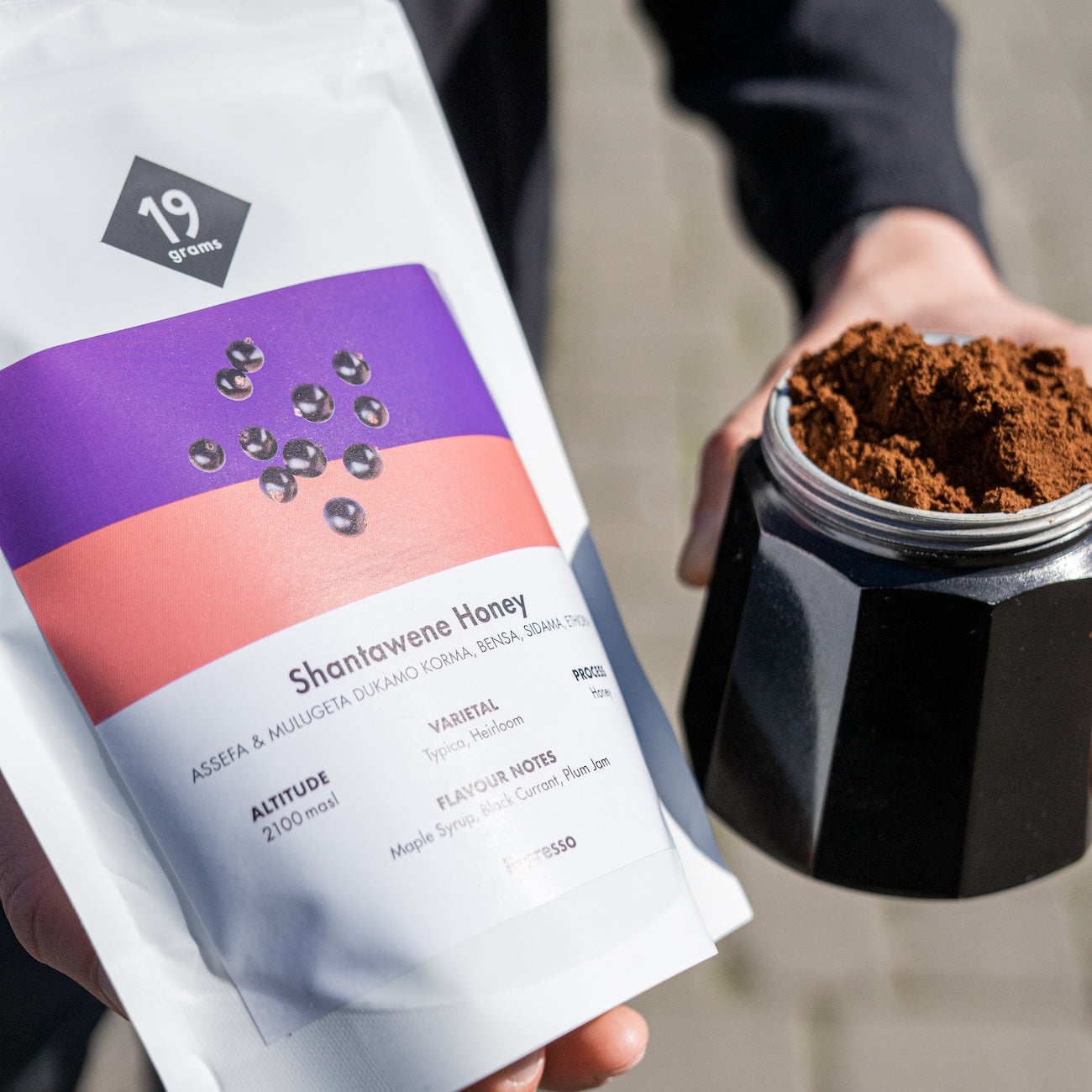Sizing refers to determining the size of coffee beans to ensure consistent quality. In this process, sieves with different hole sizes are used to separate the beans according to their size. Larger, denser beans are generally considered to be of higher quality because they have better flavor profiles.
The sizing process begins by filling the screens with beans and shaking or rotating them. This leaves beans of a certain size on top of the sieve, while smaller beans fall through. The sieves are measured in increments of 1/64 of an inch. After sizing, beans can also be manually sorted by density, as electronic methods are less reliable.
Coffee bean size is critical to quality, as larger beans are usually grown at higher elevations with favorable climatic conditions. Slower ripening in these regions results in larger, denser cherries and thus higher quality beans. In addition, uniform sizing ensures consistent roasting to avoid differences in roasting degree and maintain the desired flavor of the coffee.







